How Can uST Transport Optimize Multimodal Cargo Transportation?
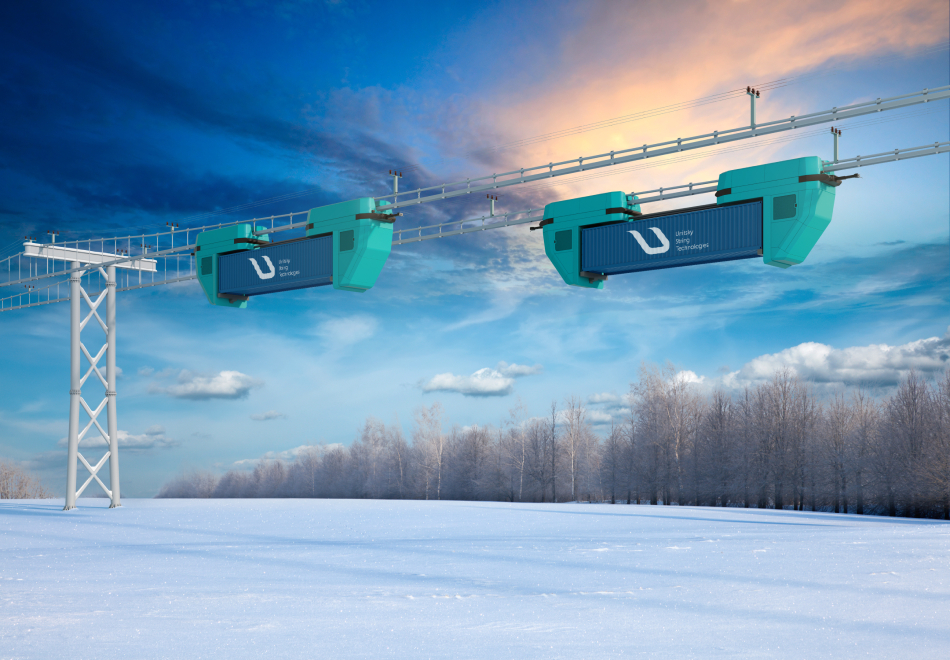
The search for new logistics schemes and efficient financial models is exactly the task that companies engaged in cargo transportation set themselves today. The transition to multimodality was the result of the drawdown of the sector in 2020. Using various modes of transport within the same order allows to solve complex and non-standard tasks. However, organizational problems and lack of coherence in the work of carriers lead to delays and financial losses. uST solutions can reduce time and simplify clearance at particular stages of multimodal forwarding.
From point A to point B
Cargo delivery today requires special organizational skills from logisticians. It is important not just to assign a route, but also to coordinate the process taking into account the punctuality of all participants in the chain. Multimodal transportation usually involves several modes of transport; for example, the cargo can come by sea, then get on a vehicle or railway and again end up in the port to leave the country by water. This approach helps to expand the geography, reduce costs, minimize risks, and combine delivery methods taking into account the interests of the end customer.

But a complex scheme needs careful elaboration: each subsequent link in the logistics chain should not limit the capabilities and operation of others. The current conditions in which transport companies operate today require optimization. It is important to solve promptly the following problems:
- Insufficiently developed infrastructure. Congestion of the port or low capacity of the railway become an insurmountable obstacle, due to which it is necessary to pay extra for the storage of cargo while waiting for shipment.
- Inefficient use of routes. For example, one of the problems of container transportation is uneven cargo flow. It leads to an excessive accumulation of containers in some transshipment points and to downtime due to a shortage of containers in others.
- Losses due to empty mileage. Transportation of empty and half-empty containers requires additional manpower, fuel, and equipment. Companies often refuse such delivery for financial reasons.
Without a doubt, empty containers that accumulate in warehouses can find application. For example, on building a stadium for the 2022 FIFA World Cup. The idea came to the organizers of this sports event in Qatar: the stadium was built using 974 shipping containers. In all other situations, the accumulation of empty containers in the port or at warehouses is an additional cost for transportation companies.
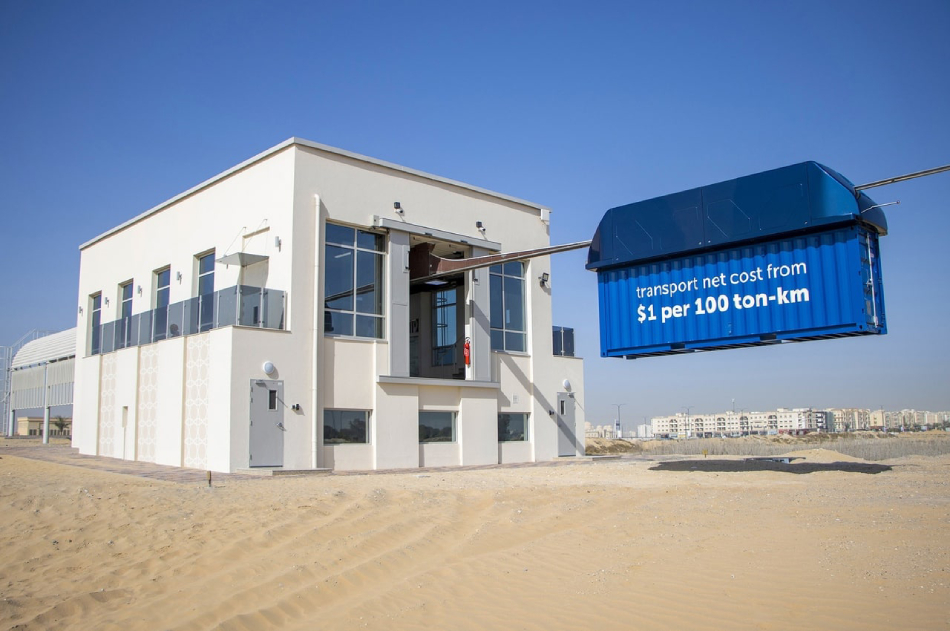
Until recently, two options were leading in the arrangement of container transportation: a cheap and time-consuming sea delivery, as well as a more expensive, but faster overland option. The transition to multimodal freight forwarding using uST solutions will allow to increase competitiveness, reduce transit time, and save funds.
Efficiency of uST transport and infrastructure complexes
Unmanned electric vehicles on steel wheels with high aerodynamic characteristics can service up to 100 million tons annually. uST routes are located above the existing infrastructure. Its routes are laid along the shortest pathway that saves travel time.
Automation of the main processes helps to save time for transshipment and direct transportation. This reduces the load on existing logistics infrastructure facilities and accelerates door-to-door delivery.
The track structure is resistant to extreme temperatures, so it can be deployed in various climatic zones – where the movement of trains or motor transport is difficult.

The company has developed uPods with a carrying capacity from 1 to 35 tons.
- Rail-string overpasses and electric vehicles on steel wheels are suitable for the transportation of bulk, liquid, piece, and special cargo.
- uST solutions can be used for the transportation of sea containers with a length of 20 and 40 feet.
- For the delivery of bulk (loose) materials, a complex with a continuous circular movement of uTrans is provided without a limit on the route length.
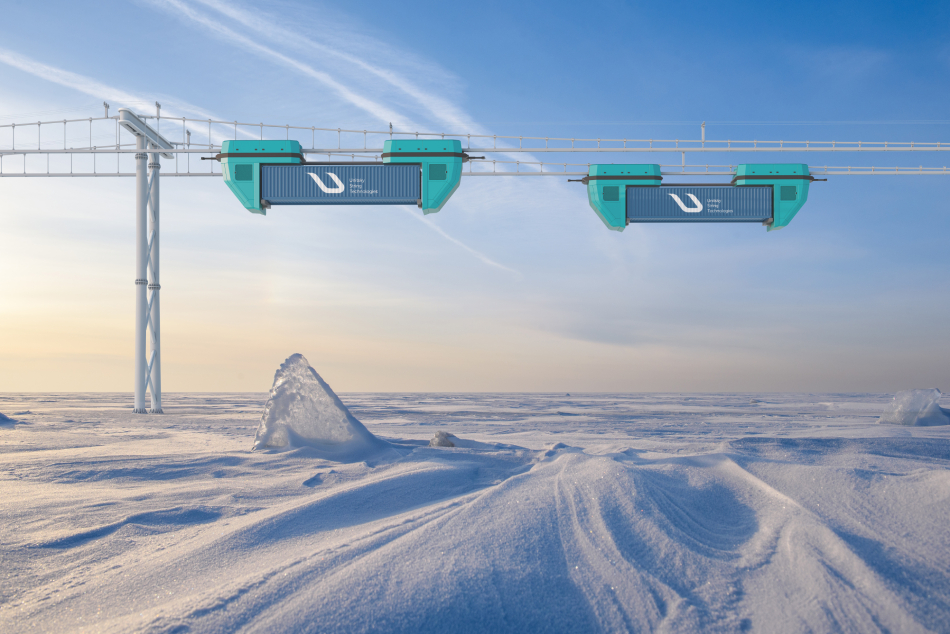
By the way, the use of uST technology makes it possible to build seaports offshore. The construction of terminals remote from the shore is less-costly than the arrangement of traditional coastal complexes and allows to reduce the load on ports. During the construction, labor-intensive and expensive dredging works are not carried out, which negatively affect the state of the local aquatic ecosystem. Seaports with integrated uST track structures are a choice in favor of accessibility and environmental friendliness.
While the transport sector is trying to formulate the main issues that require an extraordinary solution, the answer lies on the surface. uST technology is able to solve the main problems associated with multimodal transportation and cargo delivery in general.
Learn more about the capabilities of UST Inc. technology.
More news
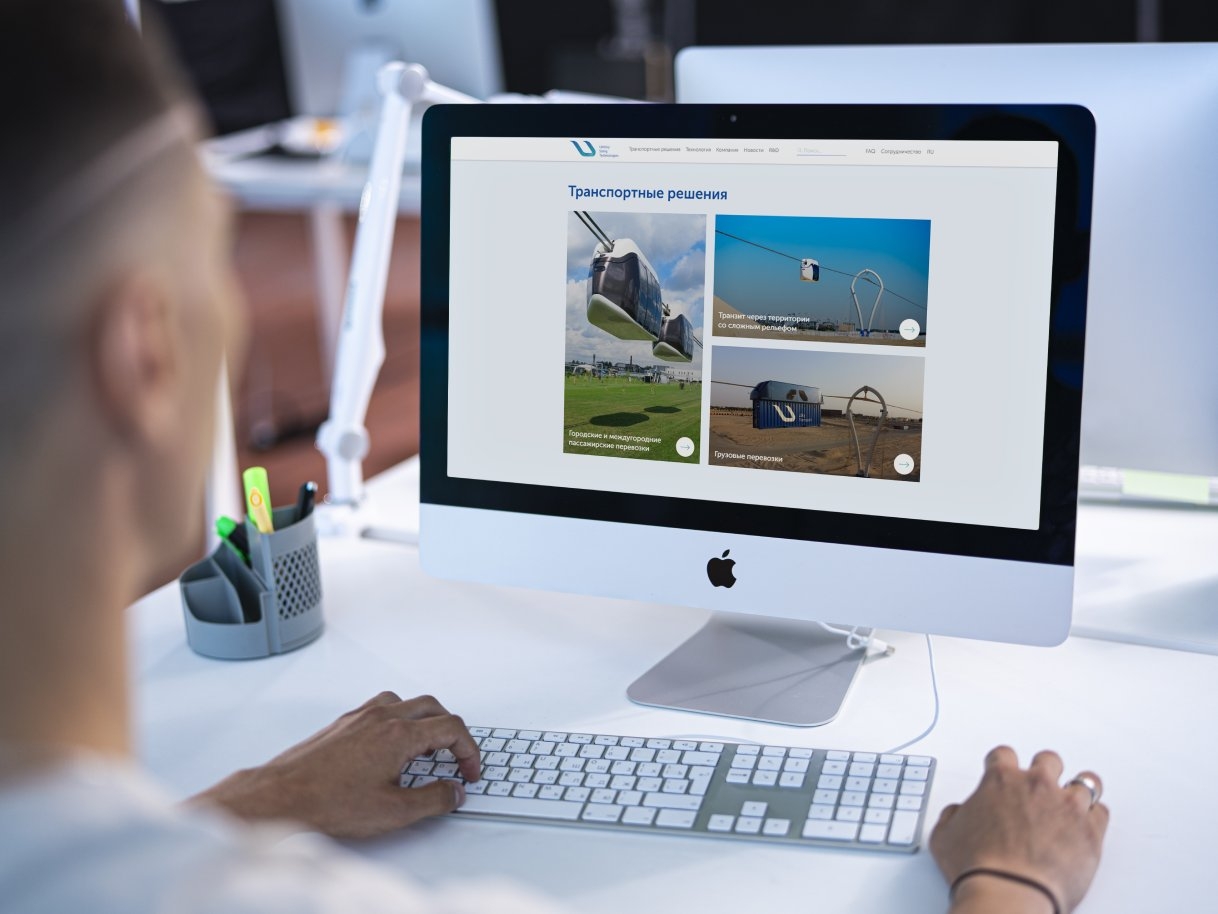
News
25 October 2022
Unitsky String Technologies Inc. Unveils New Website
User-friendly, informative and intuitive – the new website of UST Inc. is already available for users. The portal provides information about uST Transport & Infrastructure Complexes, the advantages of the technology and the company's activities.
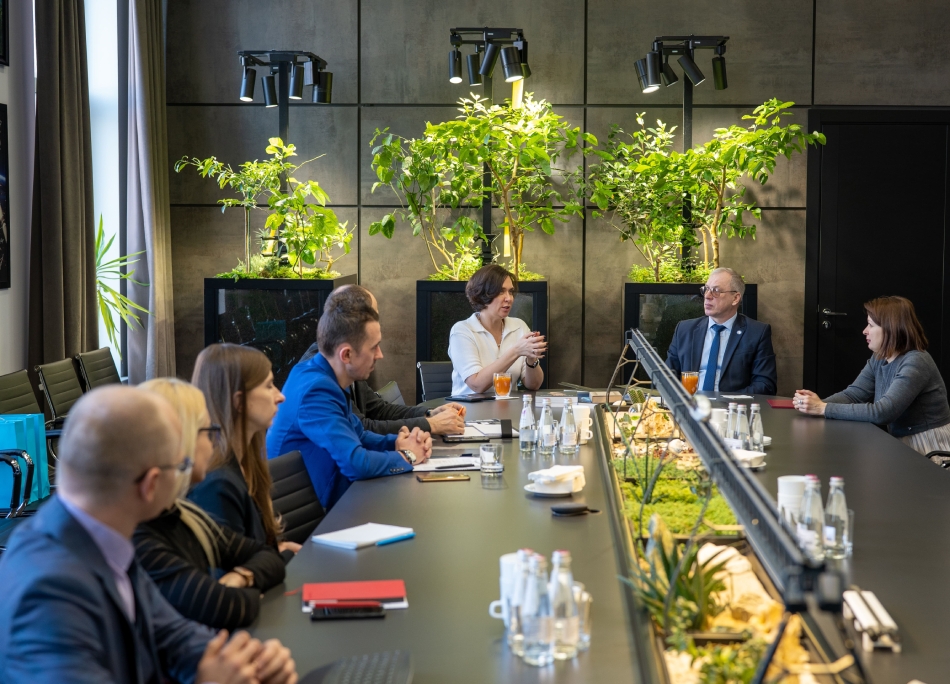
News
14 March 2024
UST Inc. Signed a Cooperation Agreement with One of the Leading Belarusian Universities
Delegation of the The Faculty of Marketing, Management, Entrepreneurship at BNTU visited Unitsky String Technologies Inc.
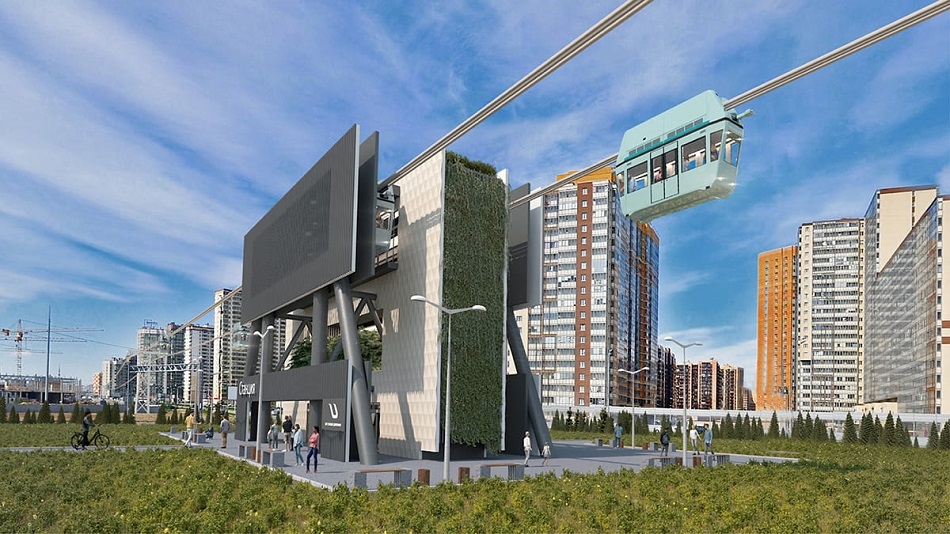
News
2 October 2025
String transport in Russia: new solutions for complex infrastructure tasks
If UST Inc. successfully implements its projects, it will serve as a catalyst for the development of Russia's transport technologies and contribute to the improvement of the quality of life in the country's major regions.

